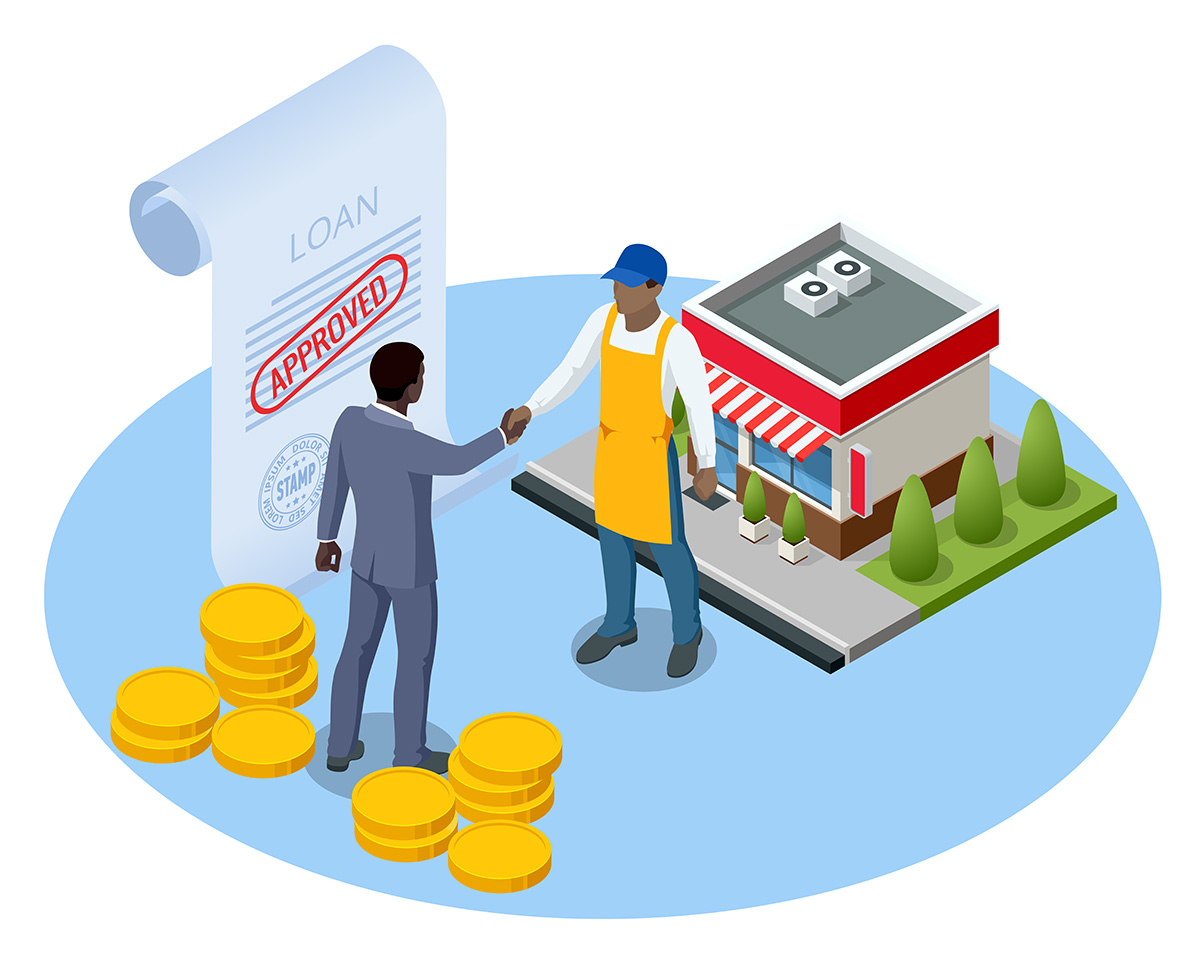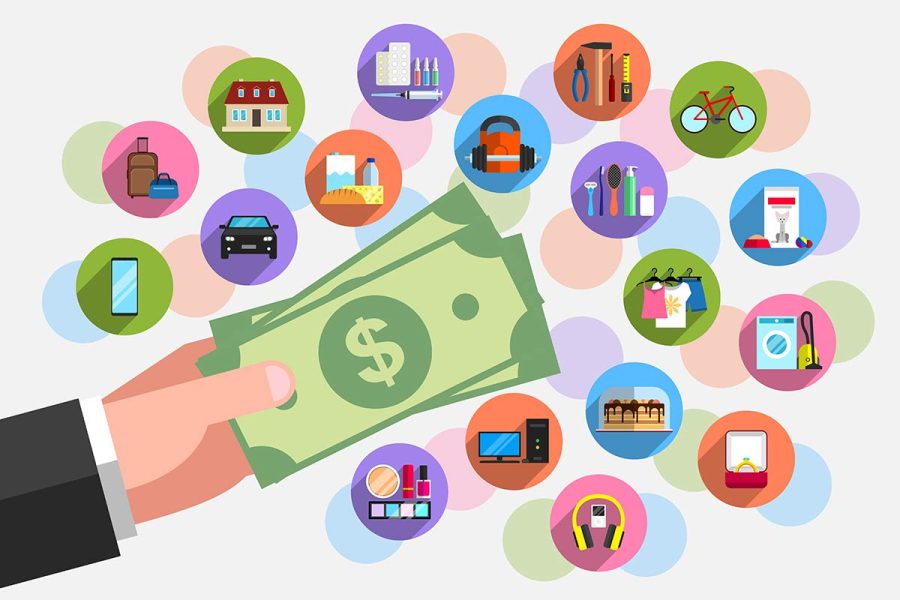- Navigator
- Entrepreneurship + Innovation
 Financially stable residents and successful small businesses are core economic building blocks for many communities. Ensuring your residents and businesses have access to financial assistance helps spur entrepreneurship and homeownership and provides existing small businesses with what they need to grow.
Financially stable residents and successful small businesses are core economic building blocks for many communities. Ensuring your residents and businesses have access to financial assistance helps spur entrepreneurship and homeownership and provides existing small businesses with what they need to grow.
The recent high-profile failures of Silicon Valley Bank and Signature Bank, fear of additional bank failures, and talks of a recession in 2023 have caused many financial institutions to tighten their lending criteria. This stifles small business activity and creates additional financial hurdles for individuals and families that may cause economic disruption in smaller communities.
Communities may feel that the only financial tool available is traditional banking institutions. However, there is another important tool in the economic toolbox that every practitioner and community leader should be aware of and use: Community Development Financial Institutions (CDFIs).
Created in 1994 by the US Treasury Department, CDFIs are private community and mission-based financial organizations that help create prosperity in often overlooked communities and demographics in rural and urban areas. They are funded through both public funds and private investments. As of 2022, there are over 1,300 certified CDFIs in every state in the US, the District of Columbia, Guam, and Puerto Rico.
There are four types of CDFIs:
- Community Development Banks that provide capital to rebuild economically distressed communities through lending and investing
- Community Development Credit Unions that provide affordable credit and retail financial services to low-income individuals
- Community Development Loan Funds that provide financing and development services to businesses and individuals
- Community Development Venture Capital Funds that provide equity and debt for small and medium-sized businesses
Many of these organizations aim to promote economic growth by providing responsible and affordable financial products and services. They are tasked with providing mortgage credit, small business lending, and other banking services to minority and low-to-moderate-income communities that have historically been denied access to financing by traditional banking institutions or that have fallen prey to predatory lenders.
CDFIs
- are focused on underserved communities and demographics
- provide technical assistance, training, and outreach
- have an appetite for higher-risk lending
- use community and mission-based decision-making
- offer a range of financial products that align with the communities they serve
- are local, so they understand the unique communities they serve
- are more flexible and accommodating than traditional banks
- increase lending during the contraction of traditional bank lending
The Opportunity Finance Network is a national organization that has over 390 CDFI members. They conducted a study that showed that 84% of CDFIs’ clients are from low-income or historically disadvantaged groups, 60% are people of color, and 50% are women.
CDFIs play a vital role in promoting equity, entrepreneurship, business ownership, and homeownership by providing these groups access to responsible and affordable financing products. As a result of their mission to address lending inequalities, larger companies like Netflix, Twitter, PayPal, and Square have invested in CDFIs to help increase their lending capacity. As a result of increased investment from the private sector, US Secretary of the Treasury Janet Yellen said that CDFIs have an 8:1 leverage. This means that for every $1 in public funds given to CDFIs, they provide $8 in private-sector investment.
Because CDFIs are backed by the federal government and are mission and community-based lenders, they can issue loans to individuals and businesses that traditional banks have deemed too “risky” or do not meet their rate of return requirements. CDFIs understand that with the right financial product, technical assistance, education, and hands-on approach, these “risky” entities can become job generators that contribute to the overall economic success of their communities.
In 2021, CDFIs held more than $222 billion in assets (loans), which is a small fraction of what traditional banking institutions hold. However, that $222 billion was directly distributed to underserved communities and low-income families. A great example of the impact CDFIs have on communities comes from a study by LISC, which showed that CDFIs financed 13,300 businesses and 33,500 affordable housing units and provided financial training to more than 427,000 individuals in 2016 alone.
CDFIs understand that barriers to capital stand in the way of opportunity and financial security for many businesses and individuals. By being trusted partners in the community development process, they can provide capital to areas that need it and have a greater impact on the communities they serve. As with any tool, CDFIs will not be right for all jobs, but they are right for some and are an important tool to have available in your economic toolbox.
Camoin Associates is the nation’s only full-service economic development consulting firm. We can help you better understand and leverage your community’s resources and assets to help you achieve your economic development goals. Learn more about our services.





